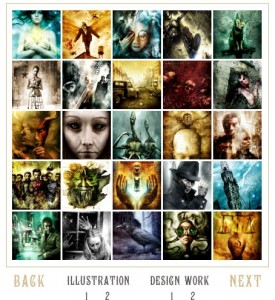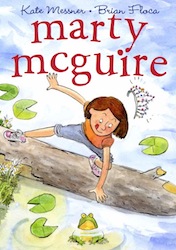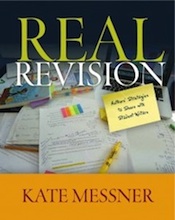Normally, this blog is a place where I talk about books and writing and research…and other things that I think are important. But today, I’m going to talk about something that I think is incredibly and dangerously wrong.
The NYS Board of Regents this week voted to ignore its earlier discussions with educators and instead base up to 40% of teacher evaluations in the state on state standardized tests, starting next year. That means teachers can be given tenure or not, dismissed or not, based on how well their students fill in bubbles on a state test that is written by people who may never have spent a day in a classroom in their lives.
For the record, I’m in favor of good teachers. In 2006, I obtained National Board Certification– a rigorous and reflective process that took hundreds of hours and was the best thing I’ve ever done for my teaching. I recommend this evaluation process to anyone who will listen, and I think everyone working in classrooms with kids should be held to the highest standards.
But relying on standardized test scores isn’t the way to do it. In fact, it’s a way to make the profession intolerable for many people who care about kids too much to be part of a system so broken.
So what’s the alternative? How can we make sure the people teaching our students are competent, capable, committed, enthusiastic, and caring?
Ten Good Ways to Evaluate a Teacher
1. Have teachers create portfolios that include student work samples throughout the year. One or two case studies not only allow teachers to demonstrate student growth but also to reflect on their own classroom practices.
2. Have teachers submit video evidence of best practices in the classroom. When I completed my work for National Board Certification, I sent two such videos – one showing my work with a full classroom group and one showing my facilitation of small group learning.
3. Have teachers write reflective essays or journal entries on their practice. This provides evidence not only of good teaching but also of ongoing growth.
4. Ask teachers to provide evidence (emails, phone logs) of interaction with students’ families to demonstrate collaboration to promote learning and a home-school connection.
5. Have teachers keep a log of their personal professional development activities (conferences attended, books read, online seminars, etc.) to show ongoing growth.
6. Give teachers written content-area tests so they can demonstrate mastery of subject areas and best practices in teaching. This too was part of the National Board Certification process I went through. It was rigorous and led me to read – and grow – more than I would have otherwise.
7. Ask a teacher’s students in June, “How many books did you read this year?” There’s plenty of research to support this one, including direct correlations between SAT scores and number of pages read per year.
8. Ask teachers to provide evidence of collaboration with colleagues (help sessions, study groups, book clubs, team projects, etc.) All of these are documented ways to increase learning.
9. Invite teachers to set measurable, quarterly goals for their students and for their own professional development. Set aside time for teachers to meet in small groups with one another and/or administration to discuss these goals, problem-solve, and collaborate on new ideas.
10. Invite principals, superintendents, other administrators, school board members, and families into the classroom on a regular basis – not just for special occasions. People need to see – and spend enough time to understand – the real work being done in classrooms. It doesn’t take long to recognize a place where students are excited to learn – and teachers are, too. Really. Just come on in.
One misguided way to evaluate teachers?
1. Place a large emphasis on student standardized test scores, which were never designed or intended as teacher evaluation tools, are deemed by testing experts to be invalid measures, lead to generally poor, uninspired, test-directed teaching, are inequitable in terms of subject areas (Art? Music?), often show socioeconomic and racial biases, may lead to some groups of students getting disproportionately more teacher attention than others, require teachers to be out of the classroom to administer and grade, and cost states millions of dollars a year (but have great financial benefits for testing & test prep companies).
Pretty easy math…if you’re still able to step back from the bubbles and think for yourself.
NYS Board of Regents member Roger Tilles also spoke out against the vote this week. His ideas are here .
Please note: This ideas I’ve expressed here are my thoughts on this topic and my thoughts only; they do not represent the opinions of my employer or anybody else.
Having said that, I might as well link to this poem I wrote a while ago, too… “Revolution for the Tested.” It fits today.





















 I finished reading an advance copy of this YA novel on an airplane heading home from IRA, quietly wiping tears from the corners of my eyes and hoping the lady next to me wouldn’t notice. If she did, though, it would have been okay… I’d just have to tell her about PEARL.
I finished reading an advance copy of this YA novel on an airplane heading home from IRA, quietly wiping tears from the corners of my eyes and hoping the lady next to me wouldn’t notice. If she did, though, it would have been okay… I’d just have to tell her about PEARL.





